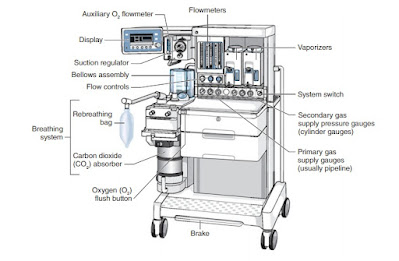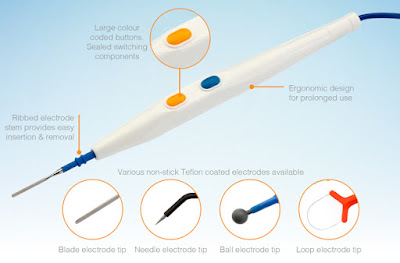What type of drains are most commonly used in a surgery?
What type of drains are most commonly used?
A surgical drain is a tube used to remove pus, blood or other fluids from a wound [1] body cavity, or organ. They are commonly placed by surgeons or interventional radiologists after procedures or some types of injuries, but they can also be used as an intervention for decompression.
Drains are classified by various systems: open or closed and passive or active.
Passive Drain:
Passive drains rely on gravity, body movement, pressure differentials, or overflow to move fluid or gas; Penrose drain - a soft rubber tube.
- The Penrose drain is a flat, flexible rubber or silicone tube that does not have any perforations along its length.
- It is typically open at both ends, allowing fluid to flow out freely by gravity.
Indications:
- Postoperative Drainage: Commonly used after surgeries where fluid accumulation is expected, such as abdominal or orthopedic procedures.
- Wound Management: Effective for managing open wounds and preventing the formation of seromas or hematomas.
- Abscess Drainage: Sometimes used to drain abscesses, allowing for the release of pus and other fluids.
Active Drain:
Active drains use intermittent or continuous negative pressure to pull fluid or gas from a wound or body cavity.
Jackson-Pratt drain - consists of a perforated round or flat tube connected to a negative pressure collection device. The collection device is typically a bulb with a drainage port which can be opened to remove fluid or air. After compressing the bulb to remove fluid or air, negative pressure is created as the bulb returns to its normal shape.
Negative pressure wound therapy - Involves the use of enclosed foam and a suction device attached; this is one of the newer types of wound healing/drain devices which promotes faster tissue granulation, often used for large surgical/trauma/non-healing wounds.
Indications:
- Postoperative Use: Commonly used after surgeries such as mastectomies, abdominal surgeries, and orthopedic procedures where fluid accumulation is a risk.
- Fluid Removal: Helps prevent hematomas, seromas, or infection by keeping the surgical area dry.
Blake drain - a round silicone tube with channels that carry fluid to a negative pressure collection device. Drainage is thought to be achieved by capillary action, allowing fluid to travel through the open grooves into a closed cross section, which contains the fluid and allows it to be suctioned through the tube.[2]
Indications:
- Commonly used after surgeries involving the abdomen, such as colectomies, or in procedures where fluid accumulation is a concern.
- Can also be used in orthopedic surgeries or other areas where drainage is necessary.
Redivac drain - a high negative pressure drain. Suction is applied through the drain to generate a vacuum and draw fluids into a bottle.
Indications:
Pigtail drain - has an exterior screw to release the internal "pigtail" before it can be removed.
Indications:
- Used to remove air (pneumothorax) or fluid (pleural effusion) from the pleural space. These drains are typically inserted into the chest cavity and connected to a drainage system.
Considerations
- Indications for Use: The choice of drain depends on the type of surgery, the expected fluid output, and the patient's condition.
- Care and Maintenance: Proper care and monitoring of drains are essential to prevent infection and ensure effective drainage.
These drains play a crucial role in post-operative recovery by helping to reduce complications and promote healing.
References[edit]
- ^ Jain, Sudhir Kumar; Stoker, David L.; Tanwar, Raman (2013-04-30). Basic Surgical Skills and Techniques. JP Medical Ltd. pp. 70–73. ISBN 9789350903759. Retrieved 2014-09-07.
- ^ Obney, James; Mary Barnes; et al. (2000). "A method for mediastinal drainage after cardiac procedures using small silastic drains". The Annals of Thoracic Surgery. 70 (3): 1109–110. 10.1016/s0003-4975(00)01800-2. PMID 11016389.
.jpeg)



